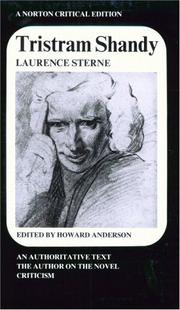
This was one of the most challenging, strange, and creative novels I have ever read. I had a professor in college who was teaching a class on Joyce’s Ulysses and he said that Tristram Shandy was as just as innovative. I picked up a used copy, and it sat on my bookshelf, unread, for about 30 years. Finally, a close friend of mine suggested we read the book together and discuss the various sections. I agreed, and we began working through the text.
I will start by saying that Sterne wrote this book in the mid-1700’s and as far as I can tell, it is the first book that can be categorized as “stream-of-consciousness.” Additionally, Sterne makes liberal use of what he termed “digressions,” which is essentially creating a nonlinear storyline. While this style of writing is common nowadays, but was pretty experimental in the 18th century. And to make matters even more weird, the book is void of a tangible plot. As I was reading it, I was reminded of what my professor had said about Virginia Woolf, that she did away with superfluous stuff like plot. With all this in mind, I can say that Tristram Shandy is the first, modern and experimental psychological novel.
Since this novel is so strange and so complex, I’m not even going to attempt to unravel the nuances in the text. Instead, I want to focus this post on a short quote.
——All I wish is, that it may be a lesson to the world, “to let people tell their stories their own way.”
(p. 446)
While Sterne was responding to criticism about his nonlinear writing style, his message is important to everyone. We all have stories to tell, and what makes a story compelling is the way it is presented to the audience. To be truly creative, you must free yourself from the shackles of conventions and explore the aspects of your art that is unique to you. And that was exactly what Sterne did in this book.
I’ll conclude by saying that Tristram Shandy is not for everyone. It takes a lot of fortitude to make it through this text, but if you are up for a challenge, then you might find it worth the effort.

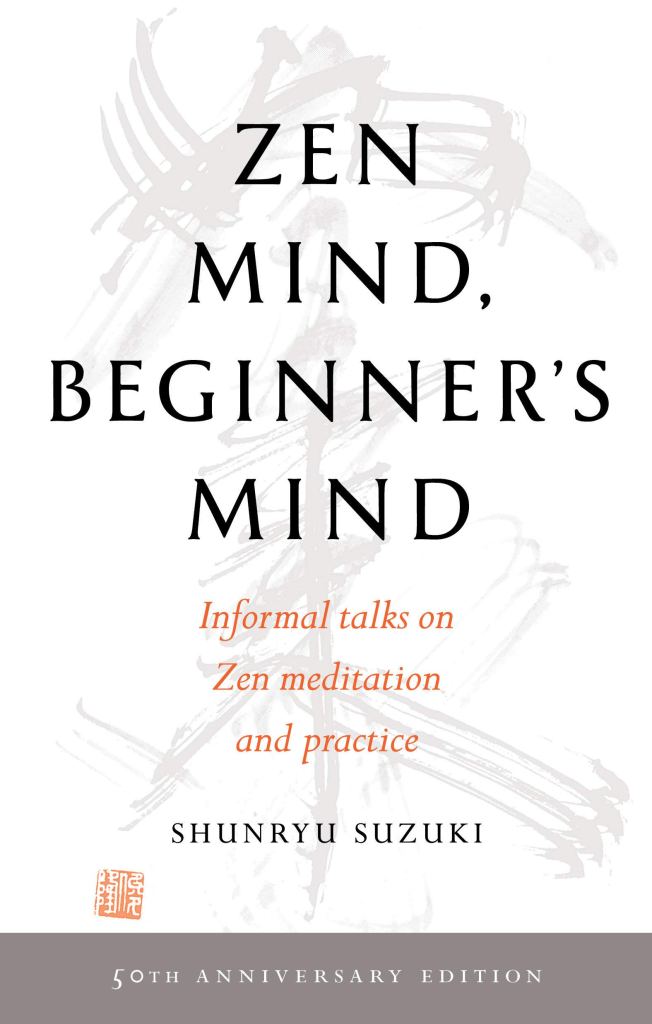
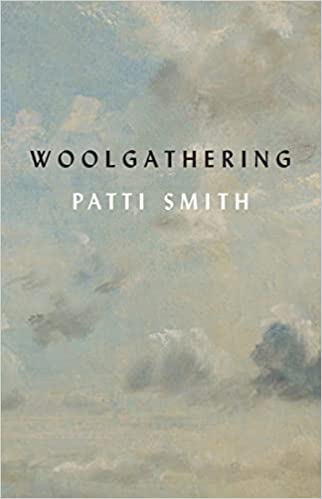
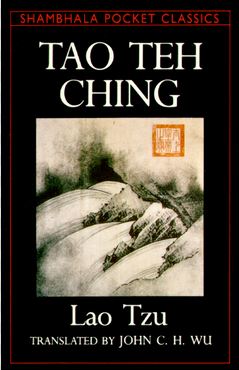
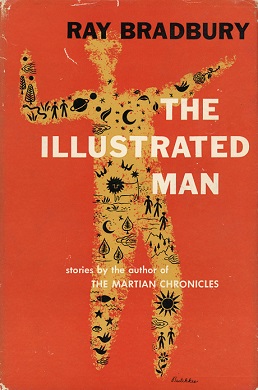
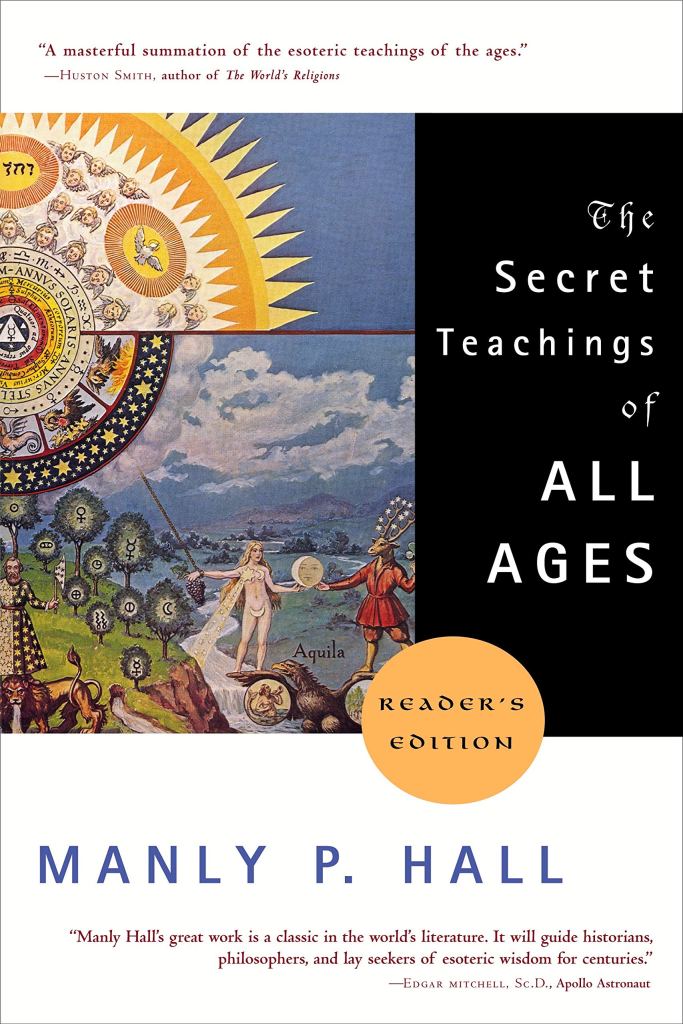
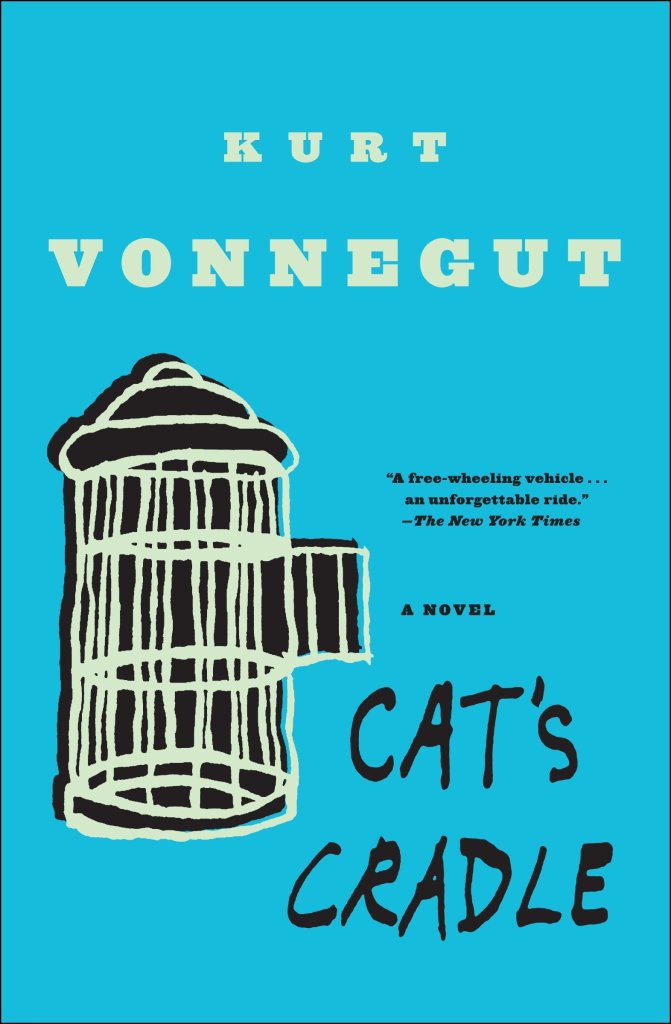
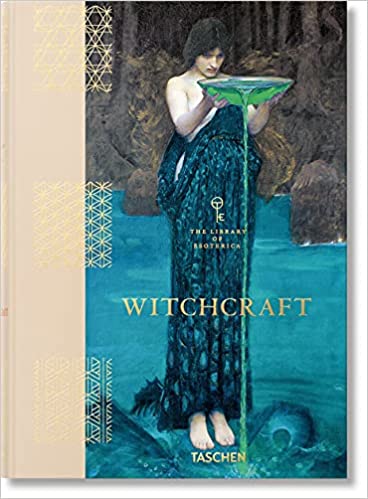
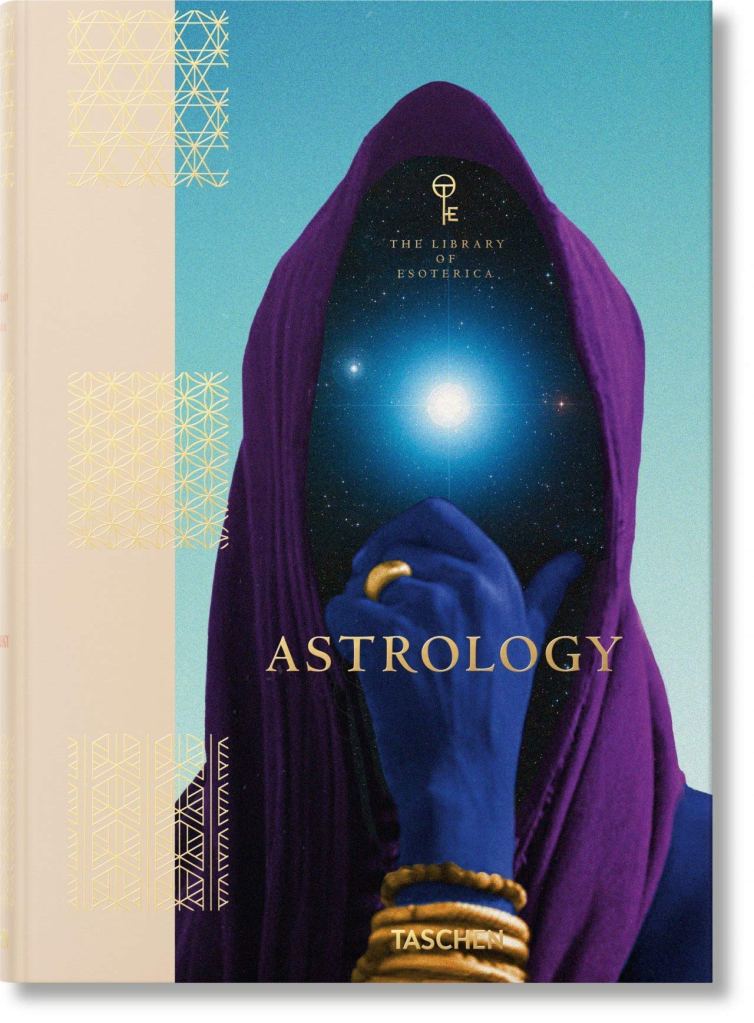

You must be logged in to post a comment.